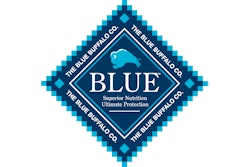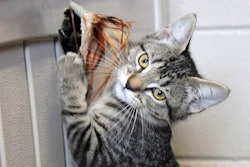
In this video from Petfood Forum, Ryan Yamka, former senior VP at Blue Buffalo, discusses how consumers are reviewing pet food labels the same way they look at labels on human food, continuing the trend of humanization within the pet food industry. He explains the different ways the pet food industry is addressing consumers’ demands that pet food meets the same standards they hold for their own food.
Highlighting the impact this concern for health has had on American pet owners, research from Mintel revealed that one-quarter of pet owners worry that the pet food they buy is making their pet obese. Furthermore, 55 percent of all pet owners agree they worry about filler ingredients in pet food, including grains and meat byproducts. As pets are increasingly considered members of the family for many Americans, standards for pet food, including treats -- the fastest-growing segment in the pet food category -- are on the rise. Forty-five percent of American pet owners considered whether their pet would like the taste of the pet food they buy as the most important factor in their purchase decision. Pet owners also expressed interest in organic diets for their pets with 39 percent agreeing that organic pet food options are better than non-organic options. Millennials were more inclined (37 percent) to worry than older generations that the pet food they are buying is making their pet obese (compared with 25 percent overall). Furthermore, millennials were more inclined (34 percent) to prepare their pet’s food from scratch (compared to 23 percent overall).
For more information about Petfood Forum, visit www.petfoodforumevents.com.

















